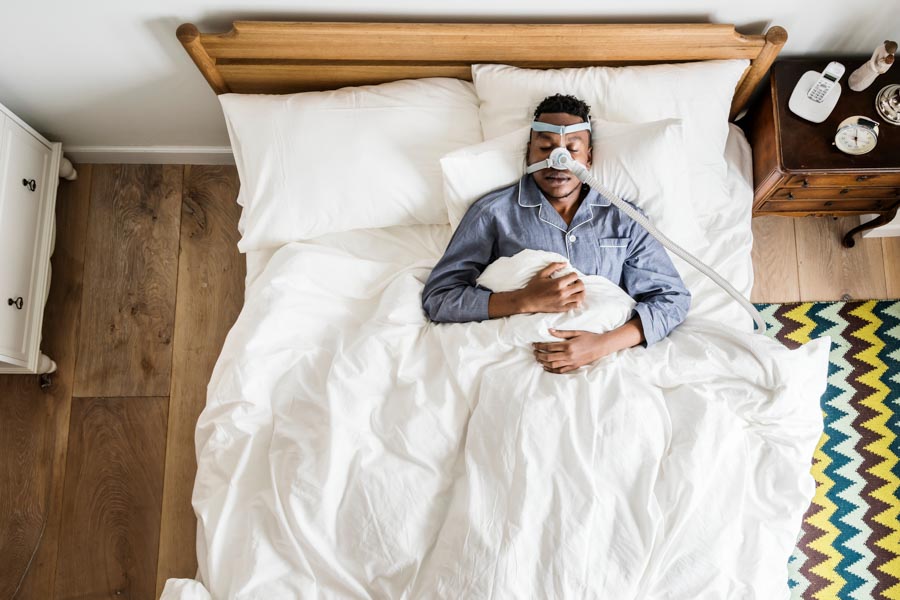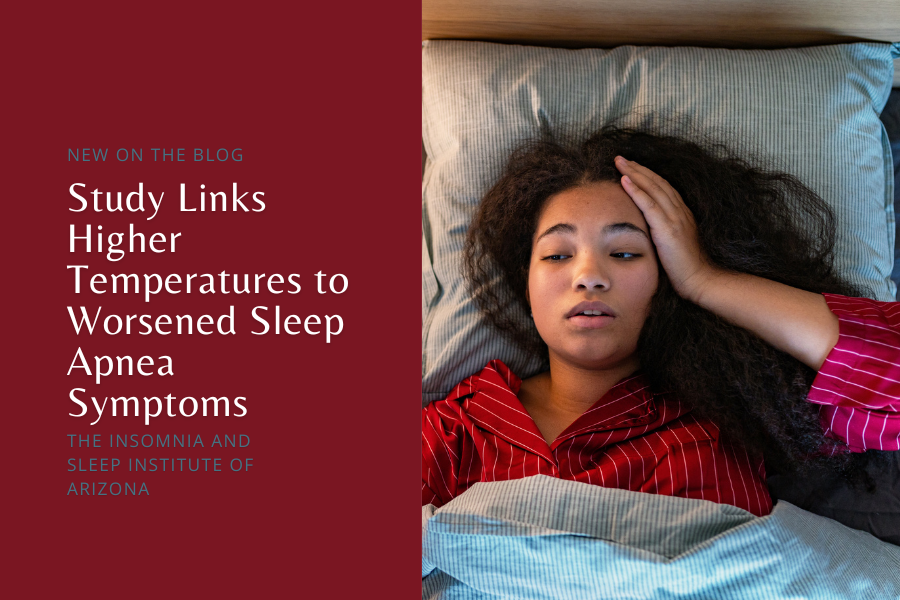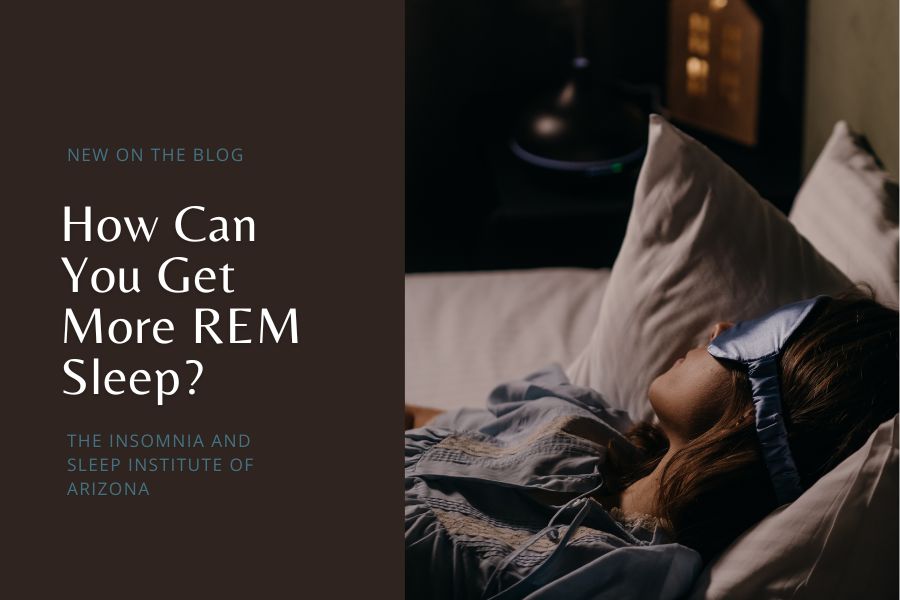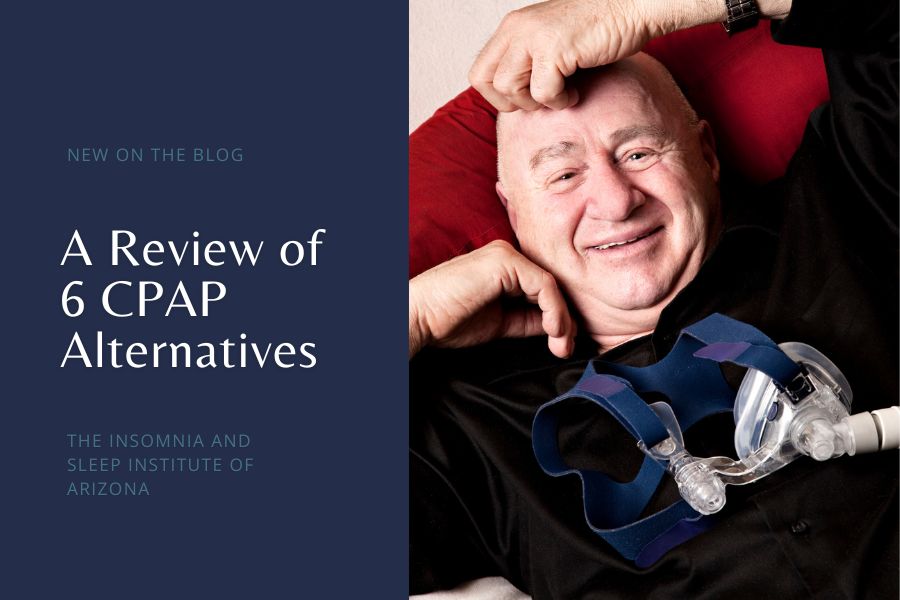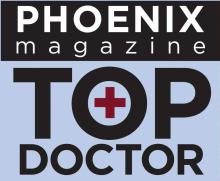All too often, “sleep apnea” is used as an umbrella term, which can make some people think that it’s a singular disorder. This is not the case, as there is actually a number of different types of sleep apnea including Central Sleep Apnea (CSA) and Obstructive Sleep Apnea (OSA). We manage both at The Insomnia and Sleep Institute of Arizona, which is considered the “Face of Sleep Medicine” in Phoenix where our sleep specialists have earned the title of “Top Doc” for the past five years.
Sleep apnea is, overall, the most common sleep disorder around the globe and it affects thousands of people in the U.S. Sleep apnea occurs when a person has a disturbance in their breathing while asleep, earmarked via routine pauses in their respiratory pattern. Although there are various types of sleep apnea, CSA and OSA are the most common.
All About Obstructive Sleep Apnea (OSA)
Obstructive Sleep Apnea happens when the upper airway is partly or totally blocked while sleeping. Such an obstruction makes the diaphragm and muscles in the chest work very diligently to open the airway so that you can breathe. There are several best practices and lifestyle changes that can reduce the occurrence of OSA, such as avoiding alcohol prior to sleep, losing weight for those who are overweight, and training yourself to sleep on your side. However, when these efforts do not work, you may be a candidate for more aggressive OSA approaches such as using a CPAP machine.
Obesity is a major predictive factor when it comes to developing OSA, which is why weight loss is often recommended for overweight patients. In fact, Medscape reported that a person can actually reduce their respiratory disturbance index—or RDI—by 26 percent when they reduce their weight by 10 percent. There are, of course, many other benefits to weight loss for obese patients with OSA, including a reduced use of a CPAP machine’s positive airway pressure. However, not all patients with OSA are obese or overweight, which is why The Insomnia and Sleep Institute works closely with each patient to determine a best treatment plan.
Learning About Central Sleep Apnea (CSA)
Central Sleep Apnea is marked by a stopping of the respiratory drive, which means a cessation of respiratory movements. In other words, something is affecting the brain signaling of how to properly breathe during sleep. Unlike OSA, which causes a person to be unable to breathe, with CSA your brain is failing to tell your muscles to breathe. Sometimes CSA is linked to serious illnesses, particularly those in the lower brain stem (as it is in charge of the breathing control). CSA can also be present in newborns and young children, and is typically diagnosed by a sleep medicine expert when young patients experience a 20-second (or longer) pause in breathing while asleep.
If lifestyle and sleep habit changes do not improve sleep apnea, the next step is usually a CPAP machine. This machine keeps the airway open via an air pressure, ensuring that it doesn’t collapse while asleep. CPAP machines include a mask that covers the nose and mouth or, in some cases, just the nose. There’s also a tube that connects the mask to the machine, and the air is powered by a motor. CPAP remains the most-recommended treatment for those with sleep apnea, including newborns who struggle because they have immature lungs.
Why a Correct Diagnosis is Key and What You Can Do
Only a sleep medicine professional can diagnose and treat all types of sleep apnea. Although snoring is often a key indicator of OSA, snoring in and of itself is not diagnostic of sleep apnea. The Insomnia and Sleep Institute is much more than a sleep center—we are a comprehensive sleep clinic offering the latest treatments as well as clinical studies, including ones on sleep apnea.
If you have noticed fatigue during the day after nights that you consider you got enough sleep, have trouble staying asleep, or notice that your bedmate or child snores or seems to stop breathing while asleep, sleep apnea might be the cause. When left untreated, sleep apnea can be dangerous and even deadly, but help is available. You deserve to have only the “Top Docs” in sleep medicine taking care of you, and you can reach The Insomnia and Sleep Institute by completing the online form.
